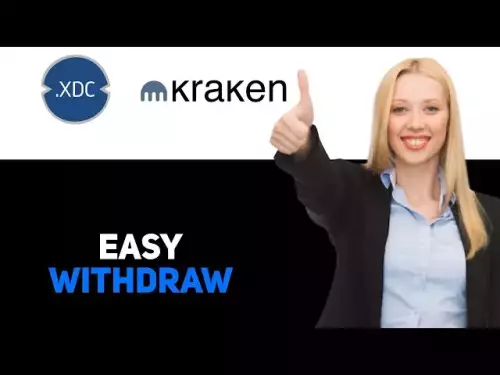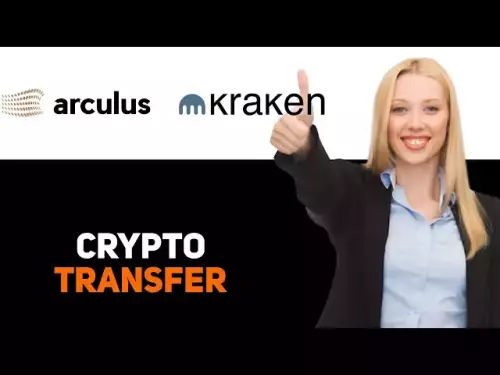 |
|
 |
|
 |
|
 |
|
 |
|
 |
|
 |
|
 |
|
 |
|
 |
|
 |
|
 |
|
 |
|
 |
|
 |
|
Cryptocurrency News Articles
Liquid Staking Revolutionizes Crypto Staking with Enhanced Rewards and Security
May 13, 2024 at 06:00 pm
Liquid Restaking Tokens (LRTs) are staked tokens that enable holders to earn additional rewards by staking them on restaking protocols like EigenLayer. Unlike traditional staking, LRTs provide increased earnings, enhanced security, and flexibility, allowing ETH stakers to maximize their returns. However, challenges like high transaction costs, sustainability concerns, and potential vulnerabilities exist. Despite these drawbacks, the emergence of promising protocols such as Puffer Finance, EtherFi, Renzo, Swell Network, Astrid Finance, and InceptionLST makes LRTs a compelling investment opportunity.

Liquid Restaking Tokens: A Revolutionary Innovation in Staking
Introduction
In the realm of cryptocurrency staking, the concept of Liquid Restaking Tokens (LRTs) has emerged as a revolutionary force, offering investors enhanced rewards and heightened security. This comprehensive guide delves into the intricacies of LRTs, exploring their mechanics, advantages, and the promising ecosystem of protocols that leverage their potential.
What are Liquid Restaking Tokens?
Liquid Restaking Tokens are a groundbreaking innovation in the Proof-of-Stake (PoS) ecosystem, enabling stakers to maximize their returns. By staking their ETH on Liquid Restaking protocols such as EigenLayer, stakers receive Liquid Staked Tokens (rETH, stETH) representing their staked assets. These rETH tokens can then be restaked to earn additional rewards.
Mechanism of Liquid Restaking
The core mechanism of Liquid Restaking involves restaking the rewards generated from the initial ETH stake. Stakers deposit their stETH or other rETH tokens into specialized protocols, such as EigenLayer, which allows them to receive Liquid Restaking Tokens (LRTs) in return. These LRTs represent a claim on the underlying staked assets and can be used to further enhance rewards through subsequent restaking.
Advantages of Liquid Restaking Tokens
LRTs offer a multitude of advantages over traditional staking methods:
- Increased Rewards: Stakers can leverage the power of compounding rewards by restaking their rETH tokens, earning additional returns from both the initial stake and subsequent restakes.
- Enhanced Security: By restaking on multiple protocols, LRTs provide increased security through a decentralized validation process known as Actively Validated Services (AVS).
- Flexibility: LRTs offer stakers flexibility as they maintain the freedom to customize their staking pools and choose the protocols they trust.
Risks Associated with Liquid Restaking
While LRTs offer substantial benefits, it is crucial to be aware of potential risks:
- Gas Fees: Transactions associated with claiming rewards from restaking can incur high gas fees, potentially reducing profitability.
- Stability of Restake Model: LRTs may experience volatility in their early stages due to market fluctuations, potentially impacting their liquidity and stability.
- Smart Contract Vulnerabilities: DeFi protocols have been vulnerable to attacks, and LRT protocols are not immune to these risks, posing potential threats to user funds.
Potential Bubble: The recursive nature of restaking can lead to excessive leverage and an oversupply of LRTs, creating the potential for a bubble and subsequent collapse.
Liquid Restaking Ecosystem
Several promising protocols are leading the Liquid Restaking revolution:
- Puffer Finance: Built on EigenLayer, Puffer Finance aims to address the challenges of staking on Ethereum and provide opportunities for both retail users and validators.
- EtherFi: EtherFi is a decentralized Liquid Restaking protocol that allows users to stake any amount of ETH and receive eETH, which can then be used for further restaking on other platforms.
- Renzo: Backed by Binance Labs, Renzo enables seamless collaboration between end-users and node operators on EigenLayer, offering restaking services to maximize returns.
- Swell Network: Swell Network combines Liquid Staking and Restaking mechanisms, featuring integrations with major DEXes and a strong presence in the restaking ecosystem.
- Astrid Finance: Astrid allows users to deposit their stETH into pools to receive LRTs (rstETH), leveraging EigenLayer's infrastructure for restaking.
- InceptionLST: Inception supports the staking of various lstETH tokens and the issuance of corresponding LRTs, also utilizing EigenLayer's technology.
Conclusion
Liquid Restaking Tokens represent a transformative innovation in the world of staking, unlocking unprecedented opportunities for investors to maximize rewards and enhance security. While potential risks exist, the robust ecosystem of protocols and the inherent benefits of LRTs make them a compelling proposition for those seeking to navigate the evolving landscape of Proof-of-Stake. Comprehensive research and a thorough understanding of the risks and rewards involved are essential for investors to make informed decisions in this burgeoning sector.
Disclaimer:info@kdj.com
The information provided is not trading advice. kdj.com does not assume any responsibility for any investments made based on the information provided in this article. Cryptocurrencies are highly volatile and it is highly recommended that you invest with caution after thorough research!
If you believe that the content used on this website infringes your copyright, please contact us immediately (info@kdj.com) and we will delete it promptly.
-

-

-

-

- Decoding Crypto Trends: Bittensor's Bull Run, Cardano's Dip, and LivLive's Presale Buzz in 'Uptober 2025'
- Oct 11, 2025 at 09:01 am
- Analyzing the latest crypto market moves: Bittensor's surge, Cardano's potential pullback, Aurelion's gold-backed treasury, Solana's transaction dip, and LivLive's presale allure. Your guide to navigating crypto trends.
-

-

-

-

-
























![[4K 60fps] Prisma by novichokk (1 Coin) [4K 60fps] Prisma by novichokk (1 Coin)](/uploads/2025/10/14/cryptocurrencies-news/videos/k-fps-prisma-novichokk-coin/68ee49804ba00_image_500_375.webp)






































